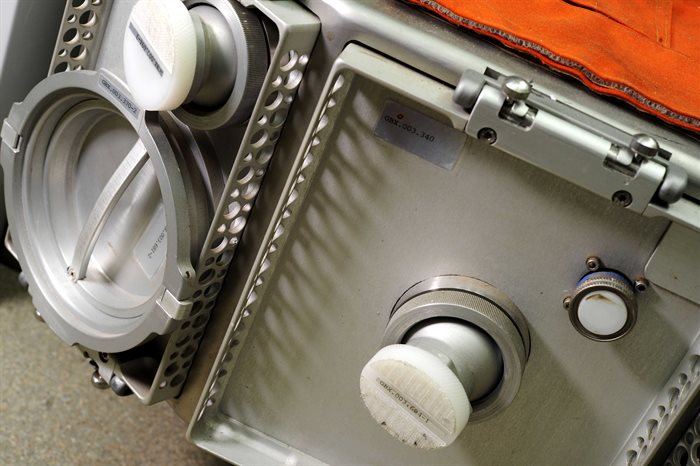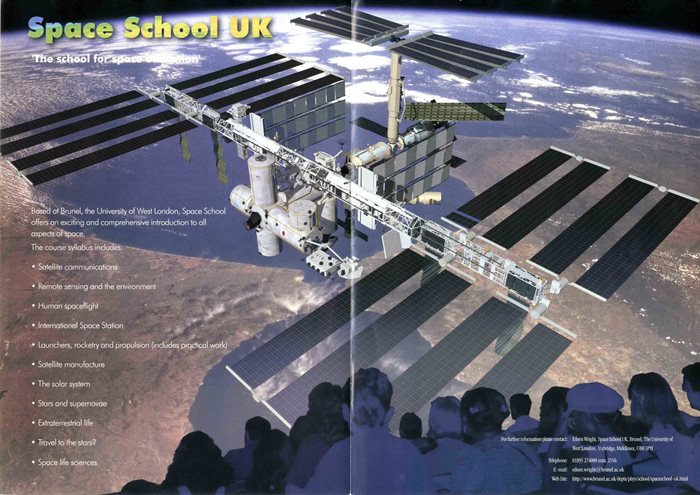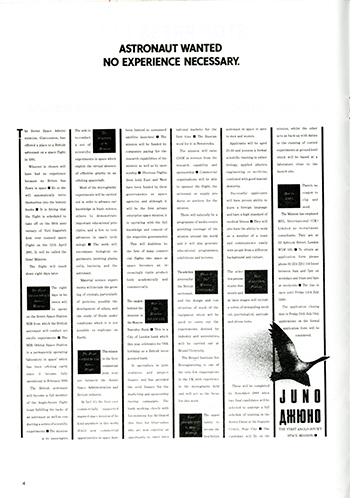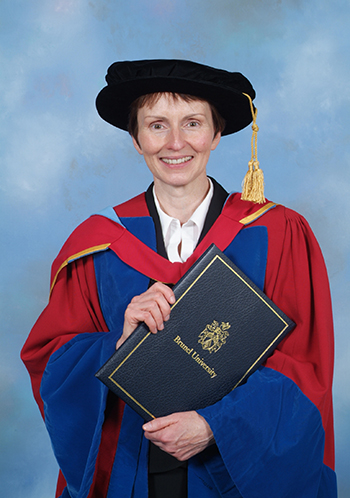The 20th July celebrates 50 years since Neil Armstrong and Buzz Aldrin landed the Apollo Lunar Module ‘Eagle’ on the moon and became the first people to step onto the lunar surface. They spent two and a quarter hours walking on the moon before returning to the module.
Armstrong’s first steps on the moon and his famous words ‘one small step for man, one giant leap for mankind’ were broadcast live to an audience worldwide. This momentous event signalled the end of the Space Race and fulfilled President Kennedy’s national goal proposed in 1961 – ‘before this decade is out, of landing a man on the Moon and returning him safely to the Earth’.
HOWEVER, did you know - that Brunel has connections with Space through the late Professor Heinz Wolff and the Brunel Bioengineering (BIB) department?
Professor Wolff was appointed to the Space Committee of the Royal Society in the 1960s. This led to him being asked by the European Space Agency (ESA) in 1976 to join the Life Sciences Working Group of their Microgravity Committee. At this time the ESA was developing Biorack (experiment containers), and Professor Wolff and members of his staff played an active role in attracting and evaluating applications to use Biorack in orbit. From this a series of contracts ranging from conceptual studies on a new bio laboratory, to the development and testing of flight hardware (a new advanced containment facility for biological and material science experiments) for the USML1 flight of the Space Shuttle Columbia in July 1992, known as the Glovebox (GBX). The Glovebox enabled scientists to perform fluid and material science experiments safely without contaminating the closed environment of Spacelab and endangering the crew. The Glovebox team led by Professor Ian Sutherland included Jane Babb, Tony Anson, Lin Bingham, Lee Janawy, David Hawes, Justin Halls, Larry Ryan and Professor Wolff.

Summer Space School
In 1990 (6-18 August), Brunel was host to a Summer Space School. One hundred and fifty students, between the ages of 15-18 with a strong interest in Space, from the member states of the European Space Agency were selected to participate. Lectures from leading figures of the European Space Community, including the late Professor Wolff, were given on Space Science engineering and commerce alongside course and career counselling.

Astronaut wanted. No experience required!
Helen Sharman became the first British astronaut in May 1991 when she was selected from over 13,000 applicants for the Soviet space mission to the Mir space station, known as the Juno project.
The Juno project was an agreement between a private UK company, called Britain in Space, and Glavcosmos, the Soviet space agency. Britain in Space was founded by Mr Jack Leeming, former director general of the British National Space Centre; Air Vice-Marshal Peter Howard, former commandant of the RAF Institute of Aviation Medicine; and the late Professor Heinz Wolff. Although the project almost failed due to lack of finances, Helen Sharman, following an extensive training programme, was launched into space on the Soyuz TM-22 mission alongside Soviet cosmonauts Anatoly Artsebarsky and Sergei Krikalev on 18 May 1991. Her mission on the Mir space station lasted 8 days during which time she carried out numerous experiments. She landed safely back on Earth on 26 May 1991 with Viktor Afanasyev and Musa Manarov.


We found this exciting information in the papers of the late Professor Wolff, which were recently donated to Brunel University London Archives, and are currently being catalogued. Please contact archivesandrecords@brunel.ac.uk for further information.